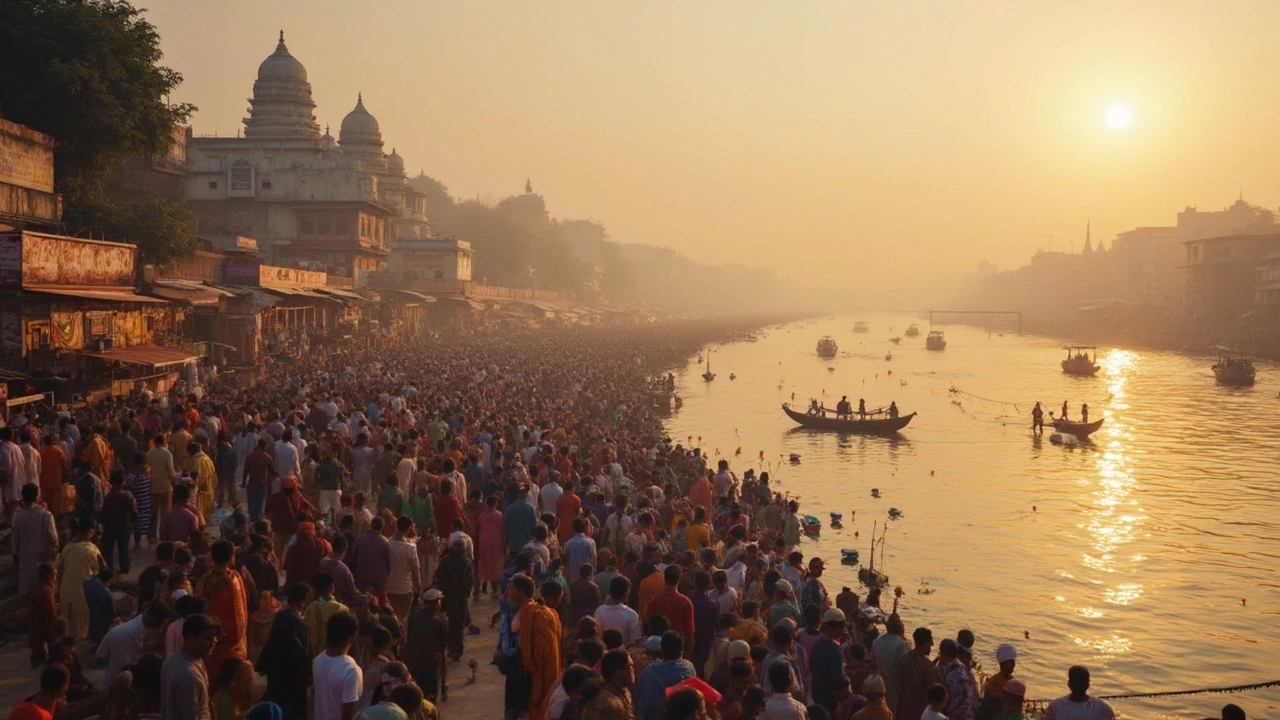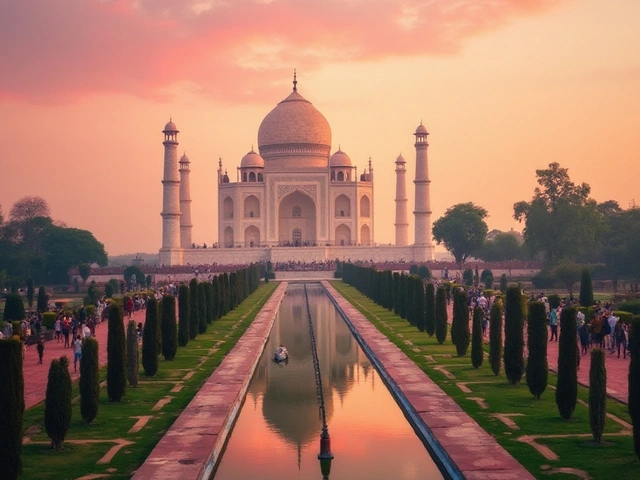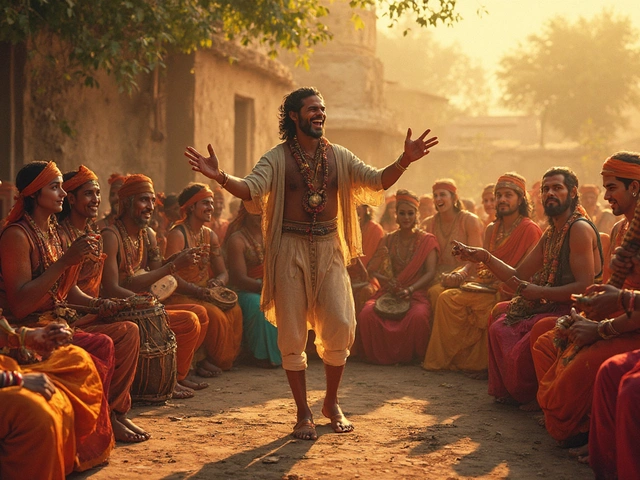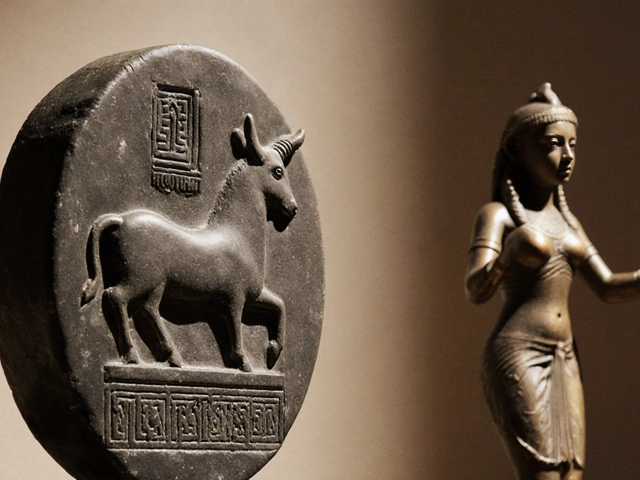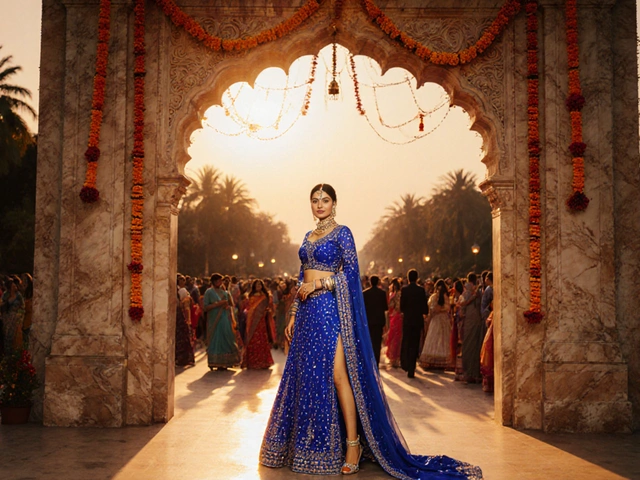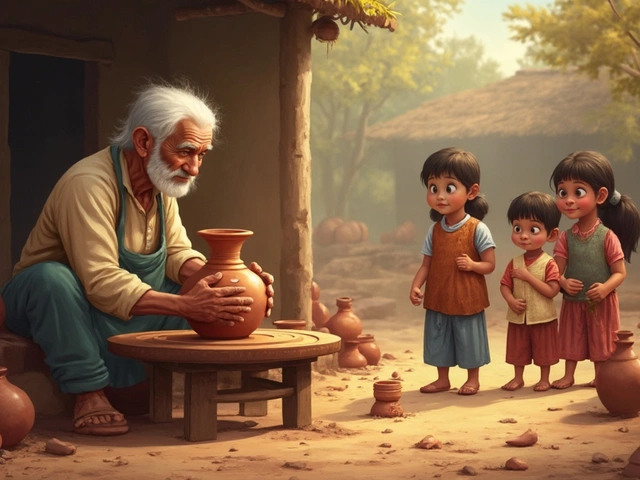Rich Culture of India: Traditions, Arts, and Living Heritage
When we talk about rich culture, the deep, layered traditions that shape everyday life across India. Also known as Indian cultural heritage, it’s not just about ancient temples or classical music—it’s what people wear, eat, dance to, and believe in every single day.
This rich culture isn’t frozen in time. It’s carried forward in the brushstrokes of Pithora paintings in Gujarat, the rhythms of Bhangra in Punjab, the chants of Carnatic ragas in Tamil Nadu, and the shared meals during Diwali or Onam. You’ll find it in how elders are greeted with folded hands, how yoga is practiced in parks at dawn, and how street vendors in Ahmedabad serve fafda with jalebi—not just as snacks, but as rituals passed down for generations. The Indian art, a living tradition spanning cave murals, temple sculptures, and folk textiles. Also known as traditional Indian crafts, it’s not locked in museums—it’s painted on walls, woven into saris, and carved into doorways across villages and cities. And then there’s the Indian festivals, vibrant, regional celebrations tied to seasons, gods, and community. Also known as cultural festivals in India, they’re not just holidays—they’re the heartbeat of local identity, from the lantern-lit streets of Diwali to the boat races of Onam.
What makes this culture so powerful isn’t its age, but its adaptability. You can wear leggings to a wedding in Bangalore and a saree in Varanasi, both equally respectful. You can learn line dancing in Delhi and still find someone who sings a 2,000-year-old raga in Chennai. The traditional Indian customs, the unwritten rules and rituals that guide behavior, food, dress, and social interaction. Also known as Indian societal norms, they vary wildly from state to state, yet bind the country together through shared values like family, respect, and hospitality. This isn’t a museum exhibit. It’s real. It’s lived. It’s in the way your aunty hums a folk tune while cooking, or how a child learns to tie a knot in a sacred thread before a festival.
Below, you’ll find real stories from across India—how a single painting carries a tribal prayer, why certain foods are eaten only during festivals, how music is taught in homes, not just schools, and what you really can (and can’t) wear in different parts of the country. No fluff. No stereotypes. Just the quiet, powerful truth of a culture that’s still breathing, changing, and holding on to what matters.
